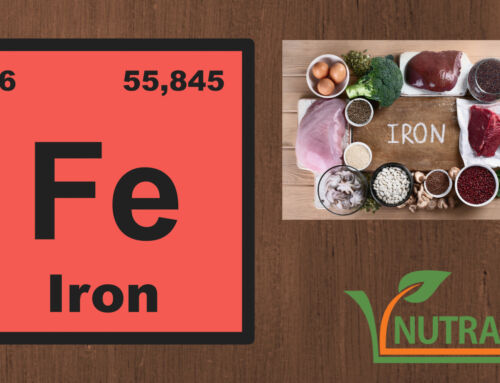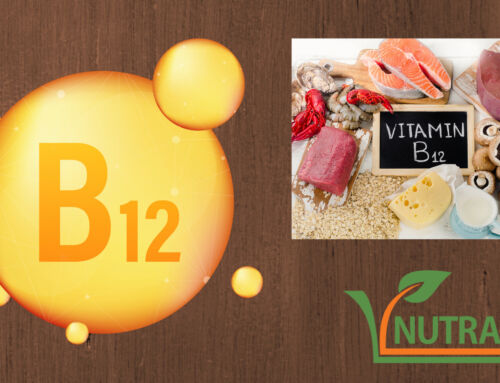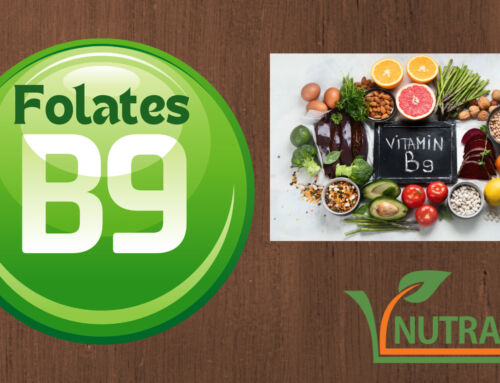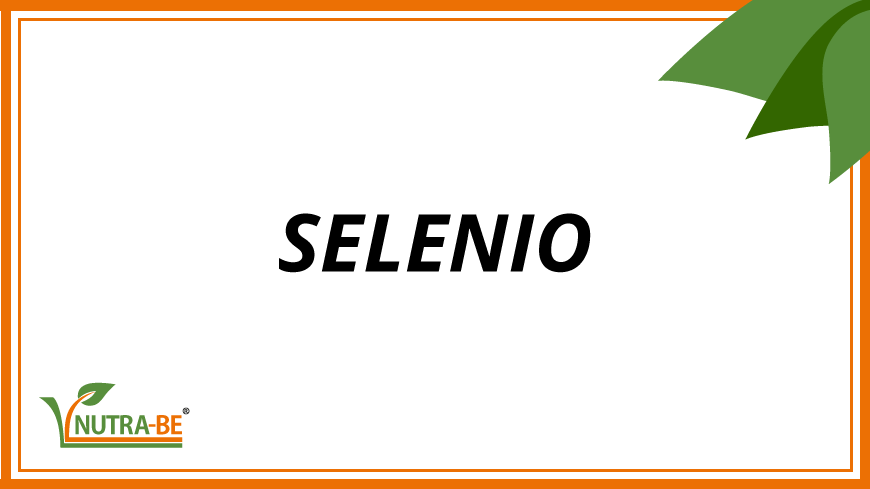
SELENIUM
SELENIUM: WHAT IS IT?
Selenium is a chemical element with symbol “Se” and atomic number 34: it is present in small traces, quantifiable as a few tens of micrograms, but it is essential for cellular functioning and survival of many organisms, including humans.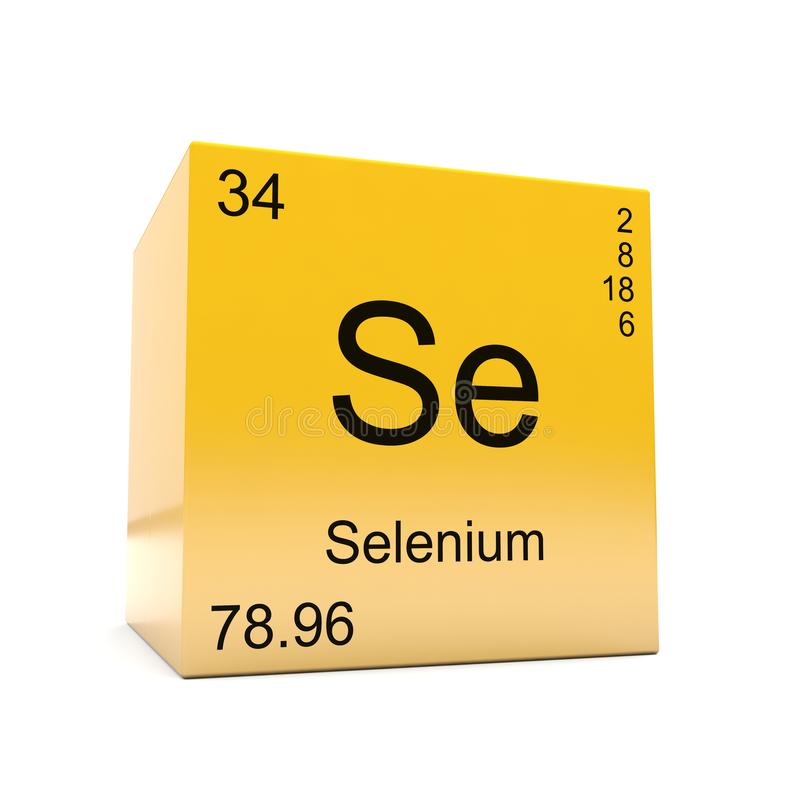
Of the various forms, selenium-methionine is the one most widely used in dietary supplements: the action of selenium is most enhanced if methionine is also present at the same time. Selenium-methionine has antioxidant and anti-radical action: it is therefore used as a substance with anti-inflammatory action for any pathological or paraphysiological situation involving increased oxidative stress or inflammation.
In addition, unlike simple selenium, selenium-methionine remains longer in the bloodstream, resulting in more prolonged efficacy; again, unlike other selenium-based vitamin supplements from brewer’s yeast, selenium-methionine supplements do not contain yeast and, consequently, cannot develop intestinal mycosis proliferations.

SELENIUM IN FOODS
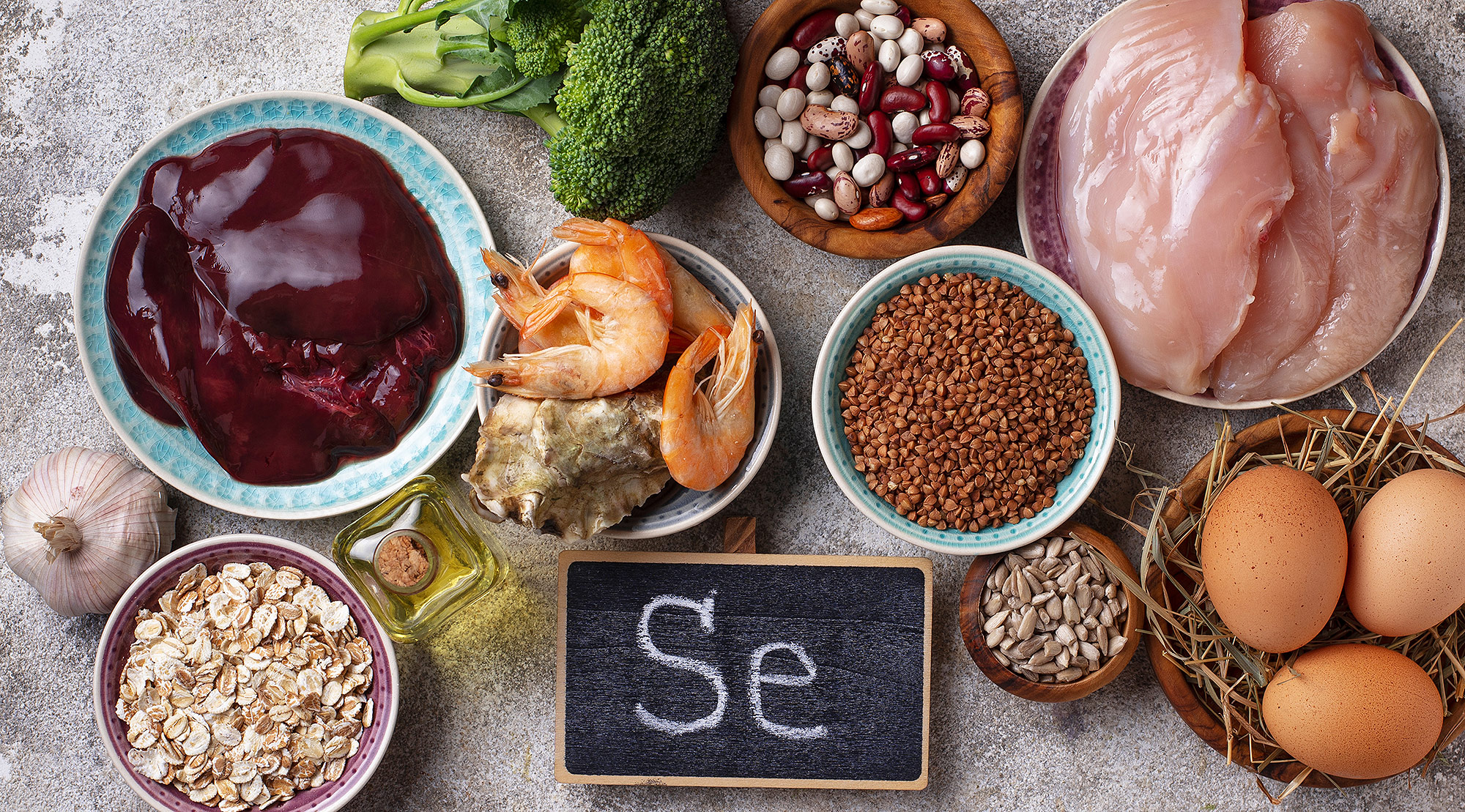
The foods richest in selenium are fish and animal organs. Other good sources are red meat, dairy products and cereals. In general, however, the amount of selenium in plant-based foods depends on the characteristics of the soil in which they are grown.
Specifically:
| Food | Food Selenium content µg/100 g |
| Cattle kidney | 145 |
| Sheep kidney | 145 |
| Pig kidney | 145 |
| Tuna | 112 |
| Mormora | 102 |
| Lobster | 68 |
| Sardines | 58 |
| Mussel | 49 |
| Cattle liver | 42 |
| Sheep liver | 42 |
| Pig liver | 42 |
| Sole | 36 |
| Mullet | 30 |
| Prawns | 30 |
| Duck | 22 |
| Lamb | 19 |
THE RECOMMENDED DAILY INTAKE OF SELENIUM
The recommended intake of selenium varies with age:
- 20 micrograms per day, up to age 3 years.
- 30 micrograms per day, ages 4 to 8 years.
- 40 micrograms per day, ages 9 to 13 years.
- 55 micrograms per day, from age 14 years.
In addition, during pregnancy and while breastfeeding, women should take 60 and 70 micrograms per day of selenium, respectively.
THE ROLE OF SELENIUM
Selenium has multiple beneficial properties:
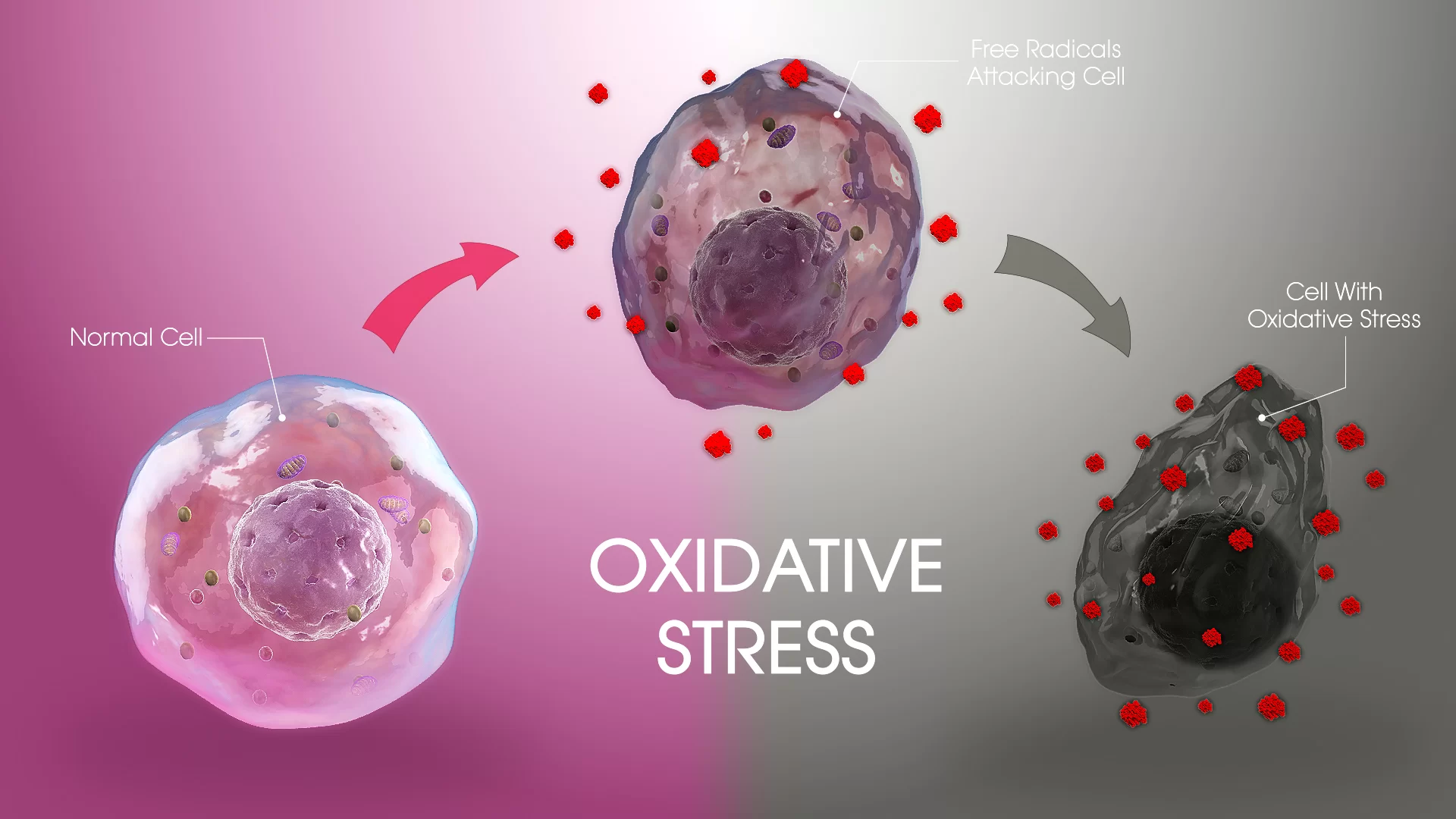
- It is an excellent antioxidant, which can counteract cellular oxidative stress and thus prevent the occurrence of cancer.
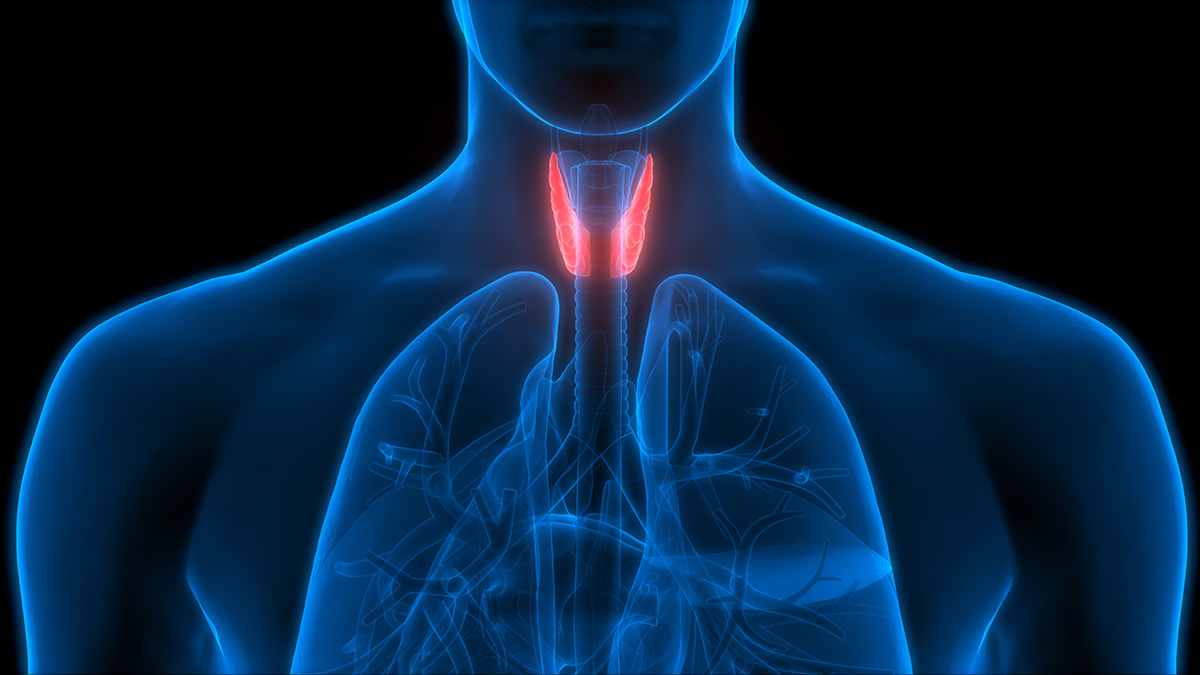
- It has a protective action on the thyroid gland and ensures its proper functioning.
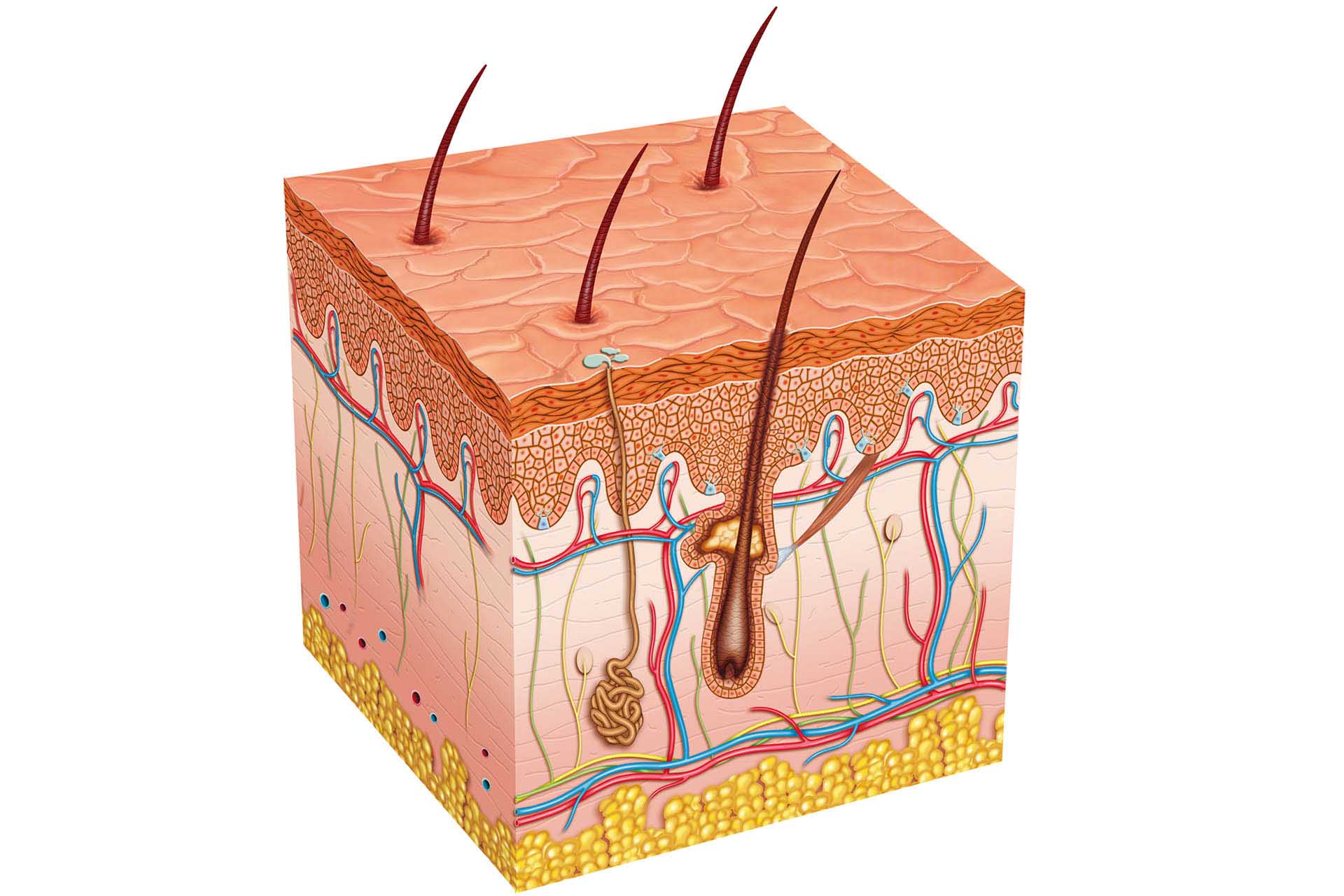
- provides a protective action on the skin adnexa.
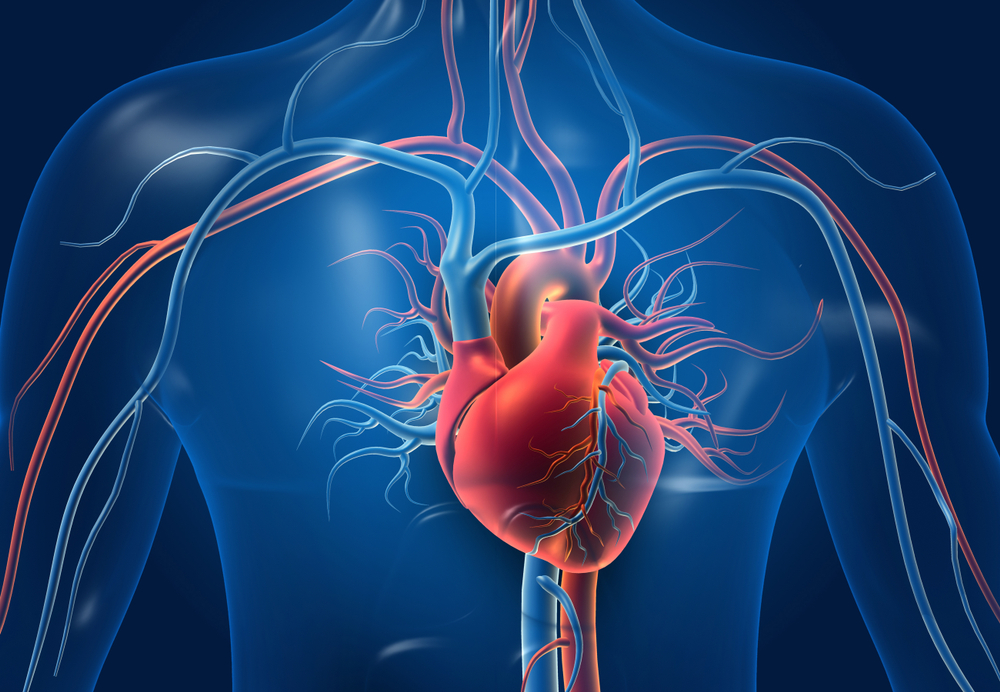
- works as a blood thinner, thus protecting the cardiovascular system.
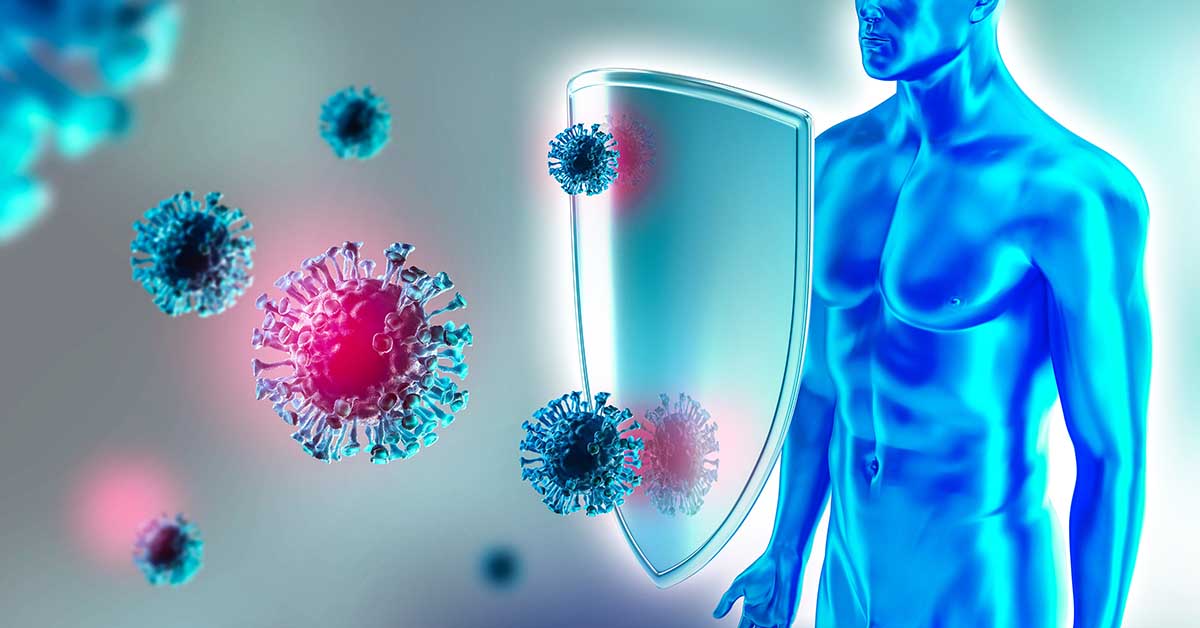
- it strengthens the immune system.

- it is a natural anti-inflammatory
SELENIUM DEFICIENCY
Selenium deficiency is rare, even in countries where selenium intake is very low.
However, in some areas, where selenium intake is even lower, its deficiency is more likely to lead to the onset of pathological conditions:
- Keshan disease is a viral disease that mainly affects children and young women: it damages the walls of the heart, resulting in cardiomyopathy.
- Children who develop selenium deficiency at the growth stage may be affected by a debilitating disease called Kashin-Beck disease, which progresses slowly and affects joints and bones.
- Selenium deficiency, when combined with iodine deficiency, can cause goiter and hypothyroidism.

